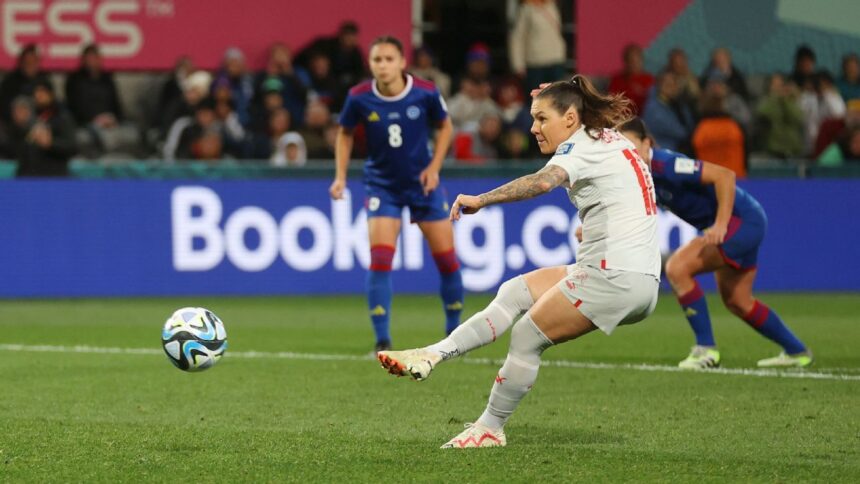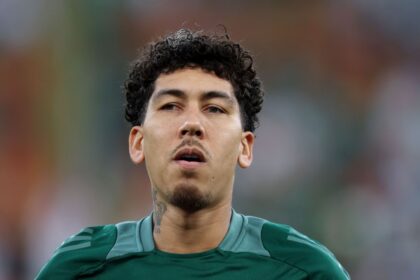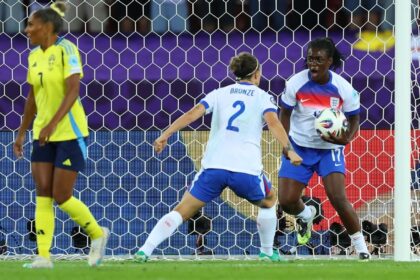Women’s soccer seeks solutions to reduce anterior cruciate ligament injuries
Preventing anterior cruciate ligament (ACL) injuries in women’s soccer requires a shift in focus, according to experts in the field. Instead of focusing on biological differences, such as hip anatomy or hormonal fluctuations, controllable risk factors should be considered. The 2025 Women’s European Championship, which will begin on Wednesday, will be affected by the absence of Swiss forward Ramona Bachmann, who suffered an ACL rupture less than three weeks ago. This injury underscores the devastating impact this injury can have on women’s football. Bachmann plays for the Houston Dash in the NWSL. Players Ella Morris of England and Mayzee Davies of Wales will also miss the tournament due to similar injuries. While studies indicate that women are up to eight times more likely to suffer ACL tears than men, research on this injury in professional women’s soccer is limited.Culvin, also a professor at Leeds Beckett University, is part of the LCA Project, a three-year study launched by FIFPRO, the Professional Footballers Association, Nike and Leeds Beckett with the Women’s Super League.“We want to move away from these stereotypical views that women are more susceptible because of the way their bodies are,” said Alex Culvin, head of strategy and research for women’s football at FIFPRO, the global players’ union.
Alex Culvin, head of strategy and research for women’s football at FIFPRO

Forsdyke mentioned that, although some teams are starting to work with sleep specialists and include cortisol tests, the “stress hormone”, in players’ health checks, the intervention of a psychologist is usually reactive. Dr. Zoran Bahtijarevic, UEFA’s chief medical officer, urged coaches at all levels to learn about prevention programs to reverse the trend of ACL injuries in women’s football. An example is the FIFA 11+ program, a warm-up program to prevent injuries.“We often forget that footballers are human and that the stress they are exposed to can be significant. What does that do to their bodies?”, said Forsdyke.
Dale Forsdyke, professor of sports injury management at the University of York St. John
“We need the attention of the coaches. We need the attention of the parents,” Bahtijarevic said. “Coaches have a great responsibility to educate themselves, to establish healthy habits of preventive exercises that are not rewarded because the result might be obvious only in 20 years.”
Dr. Zoran Bahtijarevic, UEFA chief medical officer










